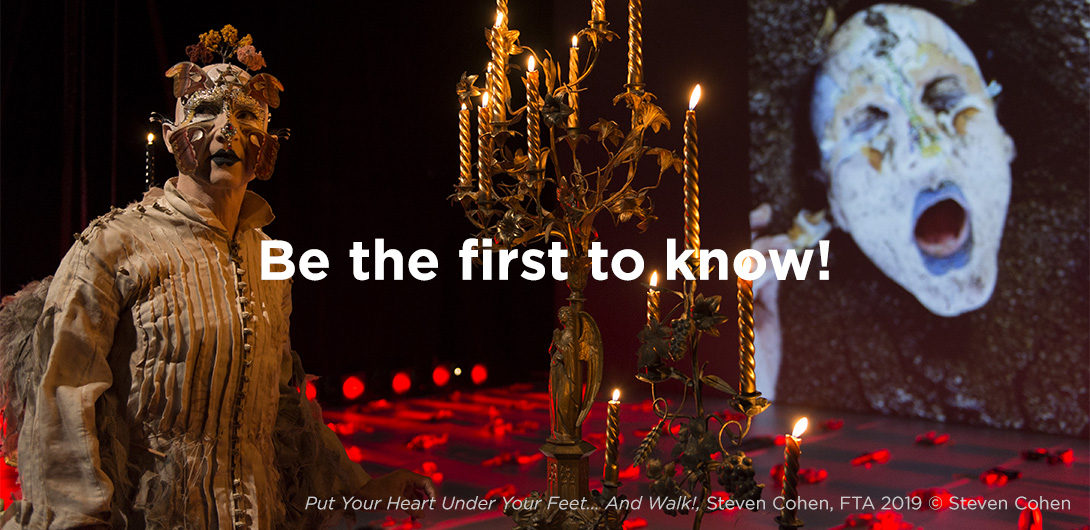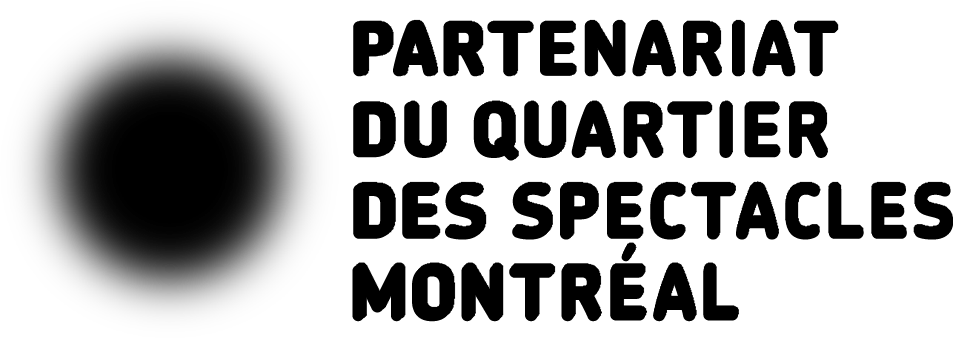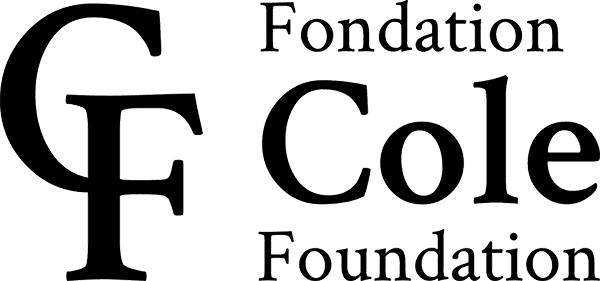What does the iceberg in Qaumma tell us about the relationship between humans and the environment?
Laakkuluk Williamson Bathory: Our culture sees that everything has a soul. The life of a rock is very different from that of an owl, compared to that of a human, but they still have life. The reason why we chose to have this iceberg is that it contains so much, it can emit, create, absorb light, it can be the focus of our stories; it can be the storyteller.
Vinnie Karetak: We see the iceberg as either the anchor, the spring, or the home. One of the stories we tell is that of a mother with a baby on her back and a son, hiding over night from the wind, or trying to rest before daylight, before continuing to the next community after having abandoned two young girls, just so that somebody can survive. The iceberg is a prop that can change and transform the way the stories are told.
Theses stories are stories of Inuit women who have been able to keep the light, the flame of their family lit?
V.K.: The flame is being Inuk and strong enough to be able to withstand a force that is trying to eliminate being Inuk. Having somebody, a rock, an anchor, a matriarch who hides and protects the flame until the storm has passed, and who can say “Here little girl, you can have this, you can use this, if you ever get lost, if you ever get to a dark place, this can help you.”
L.W.B.: We continue to exist as Inuit despite the fact that the colonial institutions that we are surrounded by in every direction are continually taking our humanity away, on a continuous basis. And yet we exist, because of that flame. We are that flame. It is so important to recognize that Inuit have great skills of improvisation, and that improvisation is not just making things up in the spot, it is actually something that you are trained in from babyhood: to expect the unexpected and to be able to work with the unexpected. When Inuit make art, I find it so incredibly important that they are humans first and that their art is not the end product, it is humans with souls that are creating these pieces of art, which is a representation of a part of their soul. Vinnie and I are both making a physical object that is an art piece and also imbuing it our humanity. The mother figure, the matriarch is central to the story because it is about how this mother is working to protect that inner core, that flame, that light, always pivoting, protecting, encouraging creativity.
Would you say that the gesture of destroying and rebuilding a drum in Qaumma points out issues of culture robbery and colonization?
L.W.B.: The destruction of the drum has been done by our own people at the biding of colonial institutions. It is such a powerful act and I care so much for Vinnie’s spirit that I do not want him to do it over and over again. For us, the drum is such a huge aspect of who we are, of our cultural expression, and of what has happened to us, and I do not want Vinnie to get destroyed over and over again while he does it, so I suggested to him that we could we make a video of him doing it once, in the most perfect circumstances where he is safe, held, and loved. This act is a release and soothing of pain.
We perform for our community in cathartic ways to show things that may have not been realized by some people before. That is first and foremost what we are trying to do. Performing for non-Inuit also invites them into learning about this process of coming to new understandings almost all the time. The audience feels exposed, but in a safe way, and validated in an intellectual way. As for uaajeerneq, it is always a safe place. It is a training ground for fear. Because outside of the theater, you face so much danger, and that fear is real.
V.K.: The pagan activities of the Inuit, or the Eskimaux, in the 1950s was disallowed because priests said that there is only one God. Chanting and using the drum was a way of carrying on paganistic practices, shamanistic beliefs, sorcery, if you will.










